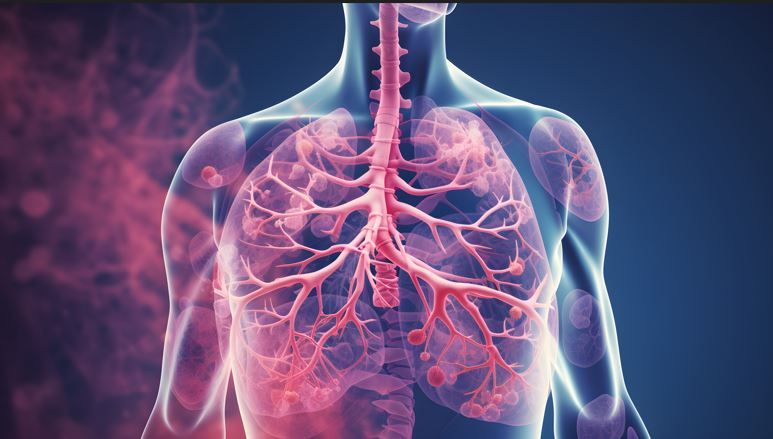EPA, DHA May Have Protective Effects in Pulmonary Fibrosis
Higher serum levels of the omega-3 fatty acids were associated with slowed disease progression and longer transplant-free survival in a new study.
In individuals with pulmonary fibrosis, higher omega-3 fatty acid serum levels were associated with slower disease progression and longer transplant-free survival, according to findings published in the journal CHEST.1
©Vector Market/stock.adobe.com/generated with AI

Pulmonary fibrosis, an end-stage interstitial lung disease (ILD), is characterized by chronic respiratory failure that can lead to death and is one of the leading indications for lung transplantation. Although there are treatments that can slow disease progression, side effects are a common cause for discontinuation.
“Long-chain omega-3 fatty acids are a subgroup of polyunsaturated fatty acids that have garnered significant attention because of their potential protective effects” in pulmonary fibrosis, study authors wrote. The 2 most well studied and potentially the most biologically relevant, docosahexaenoic acid (DHA, 22:6n-3) and eicosapentaenoic acid (EPA, 20:5n-3), "are major structural components of plasma membranes and precursors to signaling molecules critical in resolving the inflammatory response to tissue injury,” they explained.
Preclinical data on biological protection conferred by DHA and EPA have been promising as have findings of recent studies among community dwelling adults demonstrating an association between higher levels of circulating omega-3 fatty acids and “better lung function, a lower radiological burden of interstitial lung abnormalities, and a lower risk of ILD-related death and hospitalization.”
Researchers led by a group from the University of Virginia Health System designed the current study to investigate the relationship between systemic levels of plasma omega-3 fatty and progression of pulmonary fibrosis as well as with transplant-free survival.
Plasma samples were collected from 3 independent research cohorts of patients with clinically diagnosed pulmonary fibrosis and fatty acid concentrations were assessed by ultrahigh performance liquid chromatography. The primary exposure variable of interest, the N-3 index, measures the percentage of EPA and DHA in red blood cell membranes. Investigators examined associations of plasma omega-3 fatty acids with changes in forced vital capacity and lung diffusing capacity for carbon monoxide (Dlco) over 12 months. They evaluated transplant-free survival using Cox proportional hazard models.
FINDINGS1
The final cohort comprised 309 individuals whose mean age was 70 years; 74% were men and 88% had idiopathic pulmonary fibrosis (IPF). The team’s hypothesis, that higher EPA/DHA concentrations would be associated with slower disease progression, was confirmed with results showing that 1-unit increment in log-transformed N-3 plasma index level was associated with a DLco change of 1.43 mL/min/mm Hg per 12 months (95% CI, 0.46-2.41). Transplant-free survival also was associated with higher N-3 index values, with the hazard ratio calculated at 0.44 (95% CI, 0.24-0.83). The investigators found no significant association between N-3 index and FVC.
The researchers also reported that none of the observed associations were modified significantly by cardiovascular disease history, smoking, or use of antifibrotic agents.
Study limitations include not repeating fatty acid measurements, lack of available data on lung biospecimen and omega-3 fatty acids, and that all 3 cohorts in the study were from the United States. Researchers also noted that their findings could be explained by the fact “…higher omega-3 fatty acid concentrations may be an indirect marker of overall better health and lifestyle practices.”
“We need further research to determine if there are specific omega-3 fatty acids that may be beneficial and, if so, what are their underlying mechanisms,” John Kim, MD, lead author on the study, said in a press release from the University of Virginia.2 “Similar to other chronic diseases, we hope to determine whether nutrition related interventions can have a positive impact on pulmonary fibrosis.”